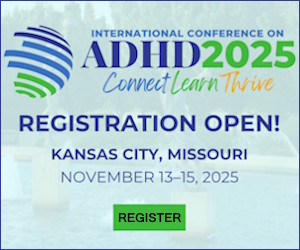UCLA Research Study of Non-medication Treatment for Children With ADHD
Los Angeles, California
View Study WebsiteView PDF
End Date December 31, 2025
Primary Contact Sandra Loo, PhD
Email adhdandmood@ucla.edu
Phone (310) 825-3735
Study Details
Purpose of the Study
Although psychostimulant medications remain the treatment mainstay for Attention-Deficit/Hyperactivity Disorder (ADHD), there remains ongoing interest in developing non-pharmacological interventions. Based on our previous work, the U.S. FDA approved external Trigeminal Nerve Stimulation (TNS) as the first non-medication ADHD therapy. TNS, a non-invasive minimal risk intervention; virtually free of significant side-effects risk, administers a low amount of electrical stimulus to the forehead during sleep and is shown to increase activity in brain regions associated with attention and impulse control.
Our previous studies also identified particular profiles on measures of executive function and electroencephalography (EEG) that might identify those patients most likely to benefit from TNS treatment. The current study seeks to replicate previous efficacy and safety findings of TNS in a larger, multisite group of ADHD-diagnosed youth.
Methodology
The study will be conducted at UCLA and Seattle Children’s Hospital. Baseline, and final assessments in Phases 1 and 2 require in-person clinic visits and include clinician ratings, parent and teacher questionnaires, brief laboratory tests of cognition, and EEG. Screening assessments and interim visits between baseline and final assessments, may be conducted by Zoom or phone, according to parent preference.
Participants receive free diagnostic evaluation for ADHD and, if eligible to participate, free TNS treatment.
Children are eligible to participate if they:
- Are ages 7-12 years
- Have symptoms of inattention, impulsivity, and hyperactivity
- Are not taking any ADHD medications
Participants will receive:
- An evaluation for ADHD
- 4 weeks of treatment with stimulation of nerves in the forehead during sleep


